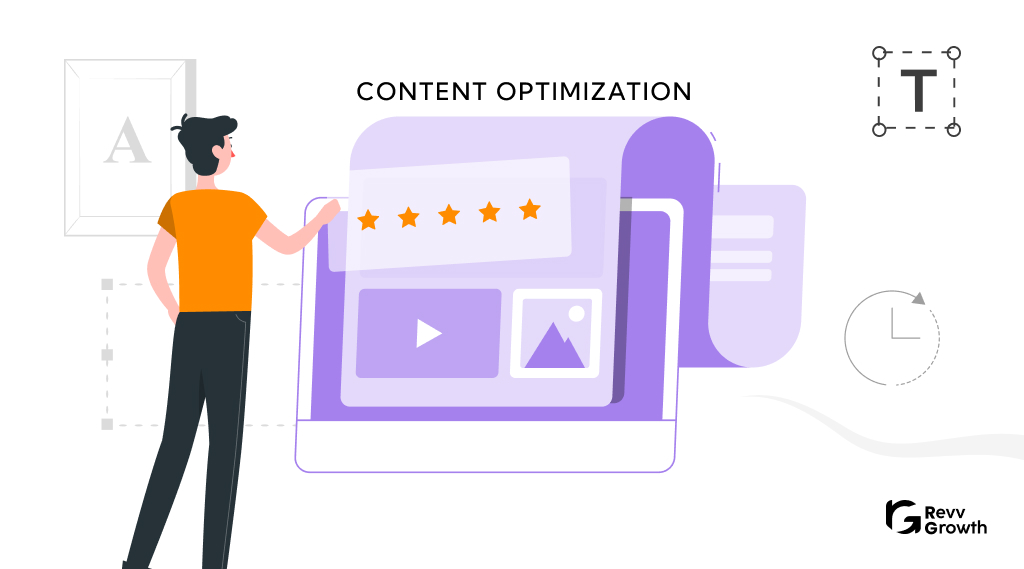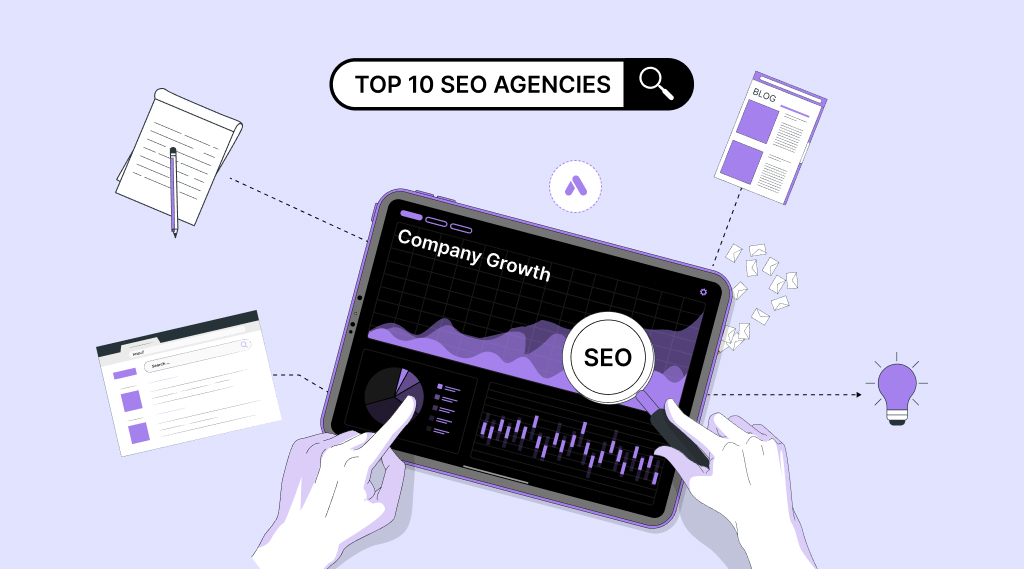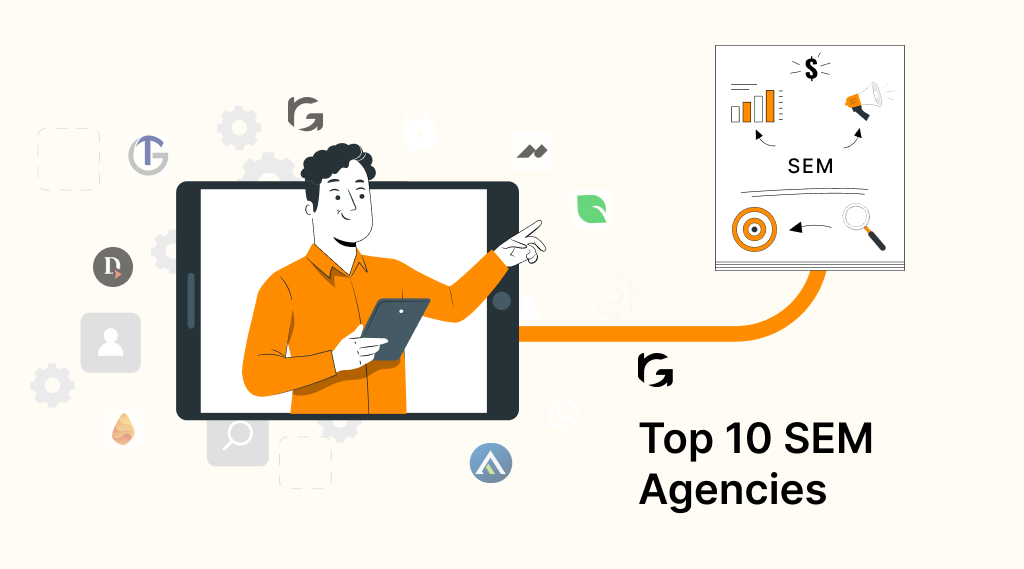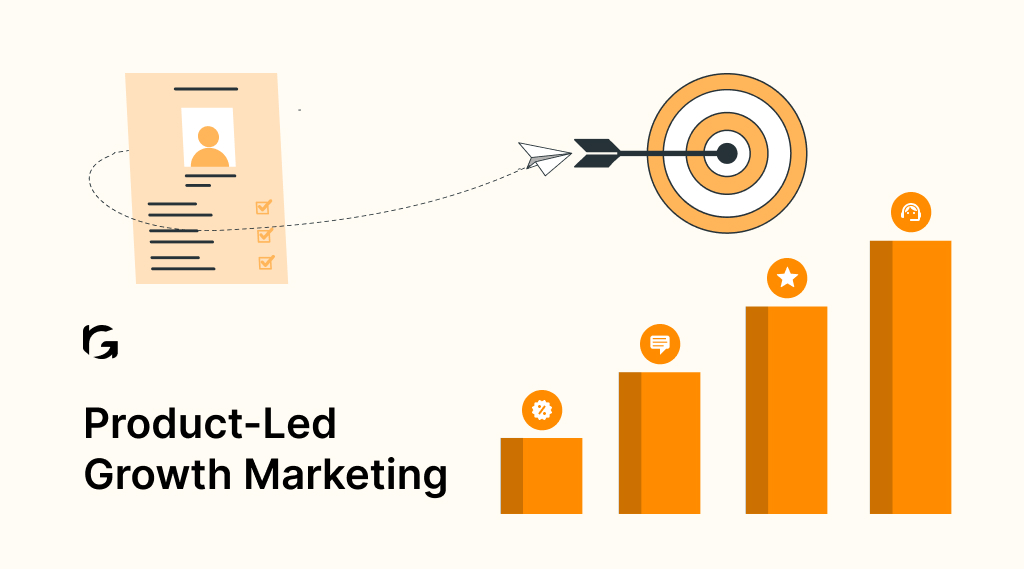Introduction
Content optimization is the meticulous art of refining and enhancing digital content to reach its full potential.
But what’s the secret sauce behind content optimization? It’s the delicate dance of keywords, the strategic structuring of text, and the art of understanding your audience’s deepest desires. In essence, it’s all about making your content the shining star of the internet.
Also, content optimization isn’t just about getting found; it’s about captivating your audience once they land on your digital doorstep. It’s about delivering what your audience seeks, answering their questions, and igniting their curiosity.
In this article, we’ll delve deep into the world of content optimization, exploring the tools and strategies that power it, and revealing real-world success stories.
What is content optimization?
Content optimization refers to the process of refining and improving online content to make it more effective, engaging, and visible to its target audience. This optimization typically involves analyzing, editing, and updating various elements of the content to enhance its quality and relevance.
In simpler terms, content optimization means making your articles, blog posts, videos, or any other content better so that more people can find it and enjoy it. This includes things like using the right keywords so that search engines like Google can understand what your content is about, making sure your content is easy to read and understand, and updating it regularly to keep it fresh and relevant.
Basically, it’s about making your content the best it can be so that it gets seen by more people and helps you achieve your goals, whether that’s getting more website visitors, making more sales, or just sharing your ideas with the world.
But why is it so important?
Content optimization is important for several reasons:
- Improved visibility and search engine ranking
- Enhanced user experience
- Increased traffic and engagement
- Better conversion rates
- Adaptation to algorithm changes
- Data-driven decision making
Overall, content optimization is crucial for maximizing the impact and effectiveness of your content marketing efforts, driving organic traffic, and achieving your business objectives.
How do you optimize content?
Content optimization is a vital process in digital marketing and online content creation. It involves a series of strategic steps to ensure that your content not only ranks well in search engine results but also resonates with your target audience.
You can try the following points to optimize content:
- Keyword research
- High-quality content creation
- On-Page optimization
- Backlink building
- Analytics and monitoring
- User experience
- Regular updates
- Compliance with guidelines
- Staying informed
Let us understand each of them in detail:
1. Keyword research
It all starts with finding the right keywords. Research keywords relevant to your content topic, and choose ones with search volume that align with user intent. These keywords will help your content get noticed by search engines and the right audience.
2. High-quality content creation
Crafting top-notch content is non-negotiable. Your content should be well-researched, informative, and engaging. It should provide real value to your readers and answer their questions or solve their problems.
3. On-Page optimization
This involves fine-tuning the details on your webpage. Optimize the title tag with a compelling headline that includes your primary keyword. Craft a meta description that entices users to click. Use header tags to structure your content logically and integrate keywords naturally within the content.
4. Backlink building
Building high-quality backlinks is like vouching for your content’s credibility. When reputable websites link to your content, it signals to search engines that it is trustworthy and authoritative.
5. Analytics and monitoring
To fine-tune your content strategy, regularly monitor your content’s performance. Use tools like Google Analytics to track metrics like organic traffic, keyword rankings, and user engagement. This data helps you understand what’s working and what needs improvement.
6. User experience
An often overlooked aspect is the user experience. Ensure your website is user-friendly, loads quickly, and is visually appealing. A positive user experience keeps visitors on your site and can boost your search rankings.
7. Regular updates
To keep your content relevant in this dynamic market, periodically revisit and update it with fresh information, statistics, or examples.
8. Compliance with guidelines
To stay on the right side of search engines, follow their guidelines and best practices. This avoids penalties and ensures your content ranks well.
9. Staying informed
Finally, keep yourself informed about industry trends and changes in search engine algorithms. The digital world moves quickly, and staying up-to-date is crucial for effective content optimization.
By following these steps, you can create content that not only performs well in search engine rankings but also genuinely serves the needs of your audience, promoting trust and engagement. Content optimization is an ongoing journey, and your commitment to it can yield lasting results in the digital marketing efforts.
What are the three pillars of optimization?
The three pillars of optimization are:
1. On-Page optimization
- This pillar focuses on optimizing elements directly within your content and web pages.
- It includes keyword research and placement, improving the title and meta description, using appropriate header tags, and enhancing your content’s overall readability and user experience.
- On-page optimization ensures your content is search engine-friendly and engages your audience effectively.
2. Technical SEO
- Technical SEO deals with the technical aspects of your website that affect its search engine visibility.
- It includes ensuring your site is mobile-friendly, optimizing page load speed, implementing schema markup to provide context to search engines, and ensuring proper website architecture.
- Technical SEO ensures that search engines can easily crawl and index your site, improving its overall performance in search results.
3. Off-Page optimization
- Off-page optimization involves activities outside your website but contributing to its online authority and reputation.
- This pillar primarily includes link building, where you aim to acquire high-quality backlinks from authoritative websites in your niche.
- Off-page optimization also encompasses strategies like influencer outreach, guest posting, and social media marketing, all of which help broaden your content’s reach and increase its credibility in the eyes of search engines.
These three pillars work together to form a comprehensive approach to content optimization, ensuring that your content not only ranks well in search engine results but also provides genuine value to your audience and engages them effectively.
Understanding 5 content optimization tools with examples
Content optimization tools are software and online platforms designed to assist content creators, marketers, and website owners in improving their online content’s quality, visibility, and effectiveness.
These tools are essential in digital marketing and content creation, helping users fine-tune their content to perform better in search engine rankings, engage their target audience, and achieve their marketing goals.
Here are some general features and functions of content optimization tools:
1. Keyword research
Content optimization tools often include keyword research capabilities. They help users discover relevant keywords and phrases to drive organic traffic to their content.
Example:
Google Keyword Planner: Offers keyword ideas and search volume data.
2. On-Page SEO analysis
Many tools provide on-page SEO analysis, suggesting optimizations for title tags, meta descriptions, headers, and keyword usage within the content.
Example:
Moz: Offers on-page optimization recommendations and tracking features.
3. Technical SEO tools
Technical SEO tools address website performance, indexing, and technical issues, ensuring websites are search engine-friendly and user-friendly. These tools will level up your technical SEO
Example:
Google Search Console: Provides insights into website performance, indexing, and technical issues.
4. Backlink analysis
Some tools include features for analyzing backlinks to a website, helping users monitor and improve their link profile.
Example:
Ahrefs: Provides backlink analysis, competitor research, and link-building opportunities.
5. Content collaboration and workflow tools
Content collaboration and workflow tools streamline the content creation process, facilitating team collaboration, task management, and project organization.
Example:
Trello: Assist in managing content creation workflows and team collaboration.
Overall, content optimization tools play a vital role in helping individuals and businesses maximize the impact of their online content, improve search engine rankings, and deliver valuable information to their target audience. These tools contribute to a more efficient and data-driven approach to content creation and marketing in the digital age.
Conclusion
Content optimization is a multifaceted and crucial aspect of digital marketing and online content creation. It involves a strategic approach to ensure that your content ranks well in search engine results and provides real value to your target audience. From keyword research to on-page and technical SEO, off-page optimization, content quality, and user experience, the checklist for content optimization covers various key elements.
By following this checklist diligently and continuously monitoring your content’s performance, you can create content that stands out in the competitive market. Regularly updating and fine-tuning your content, staying informed about industry trends, and adhering to best practices are essential for long-term success.
Remember that content optimization is not a one-time task but an ongoing process that evolves with your audience’s needs and search engine algorithms. By optimizing your content effectively, you can enhance its visibility, engage your audience, and achieve your digital marketing goals. Ready to optimize your content? Start now and boost your digital success! We are happy to assist you with all your content optimization needs. Get in touch!






